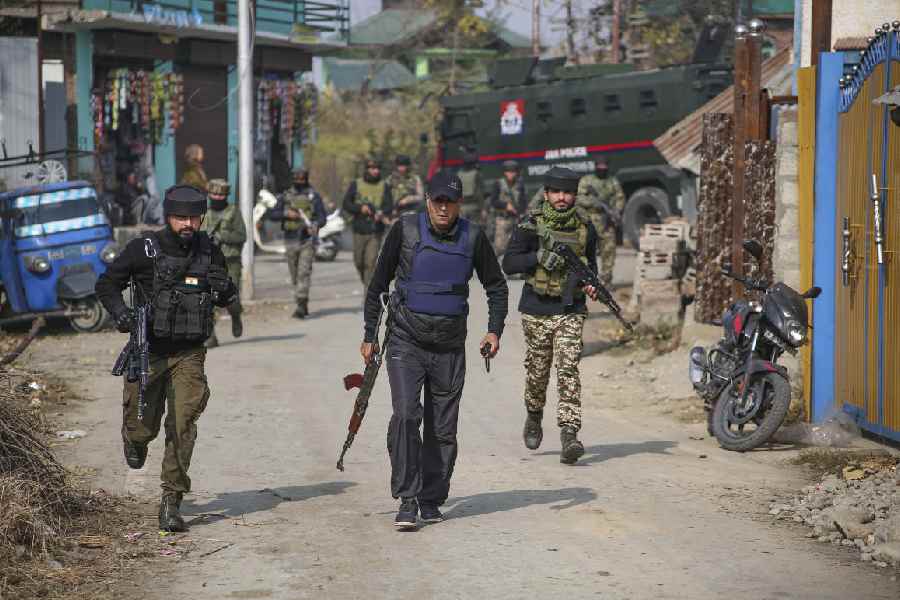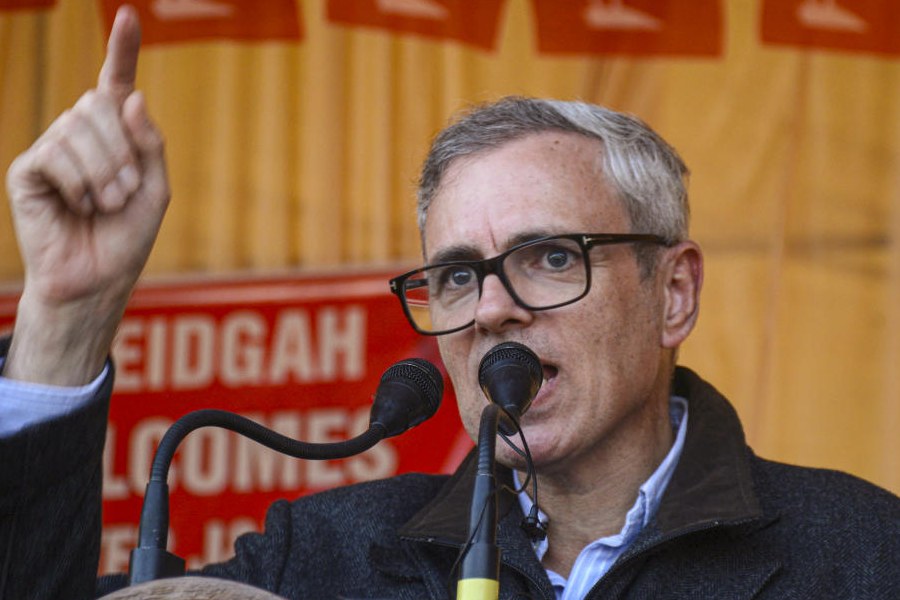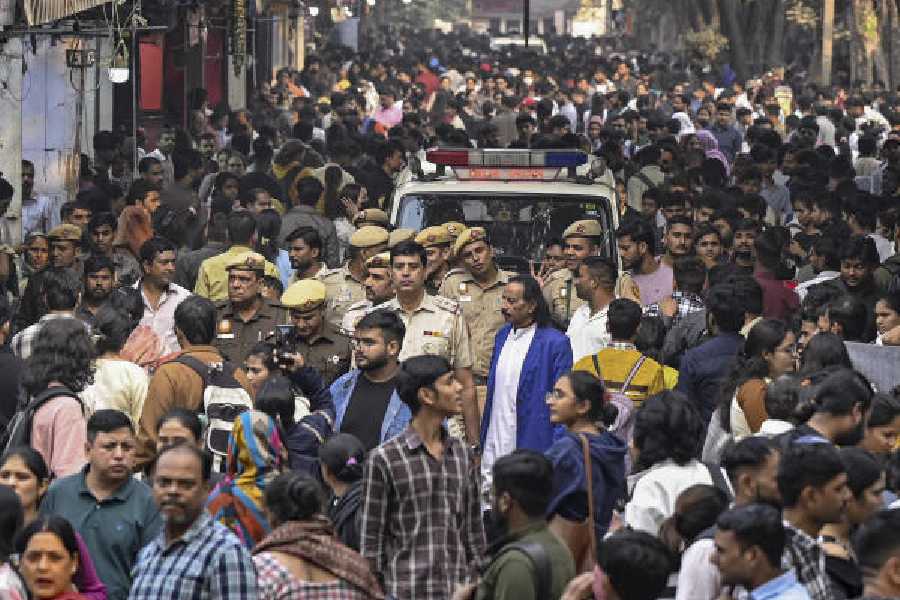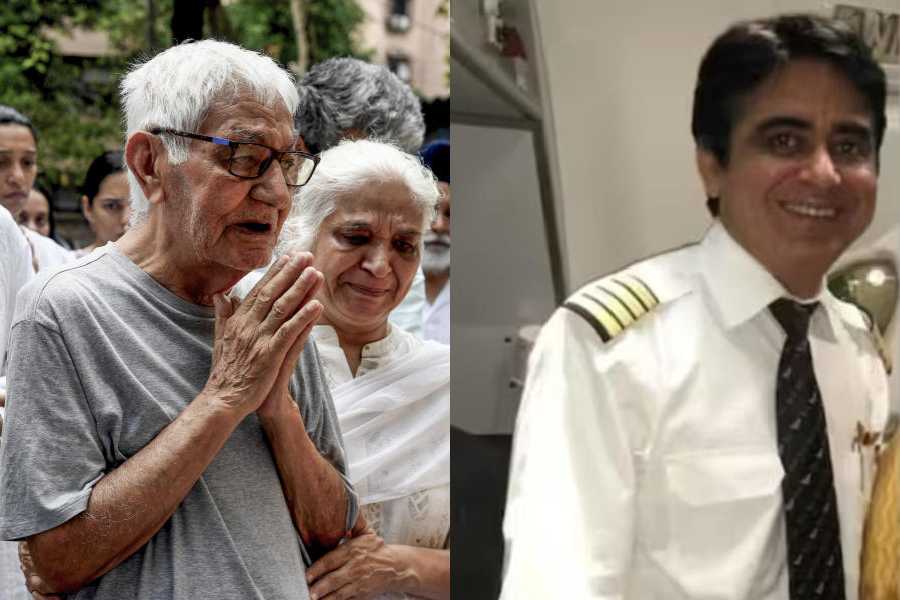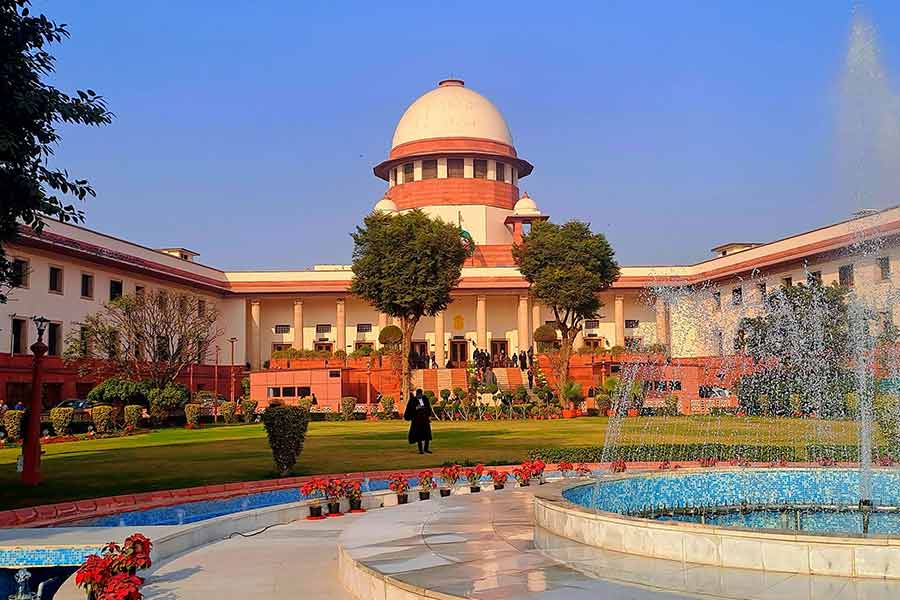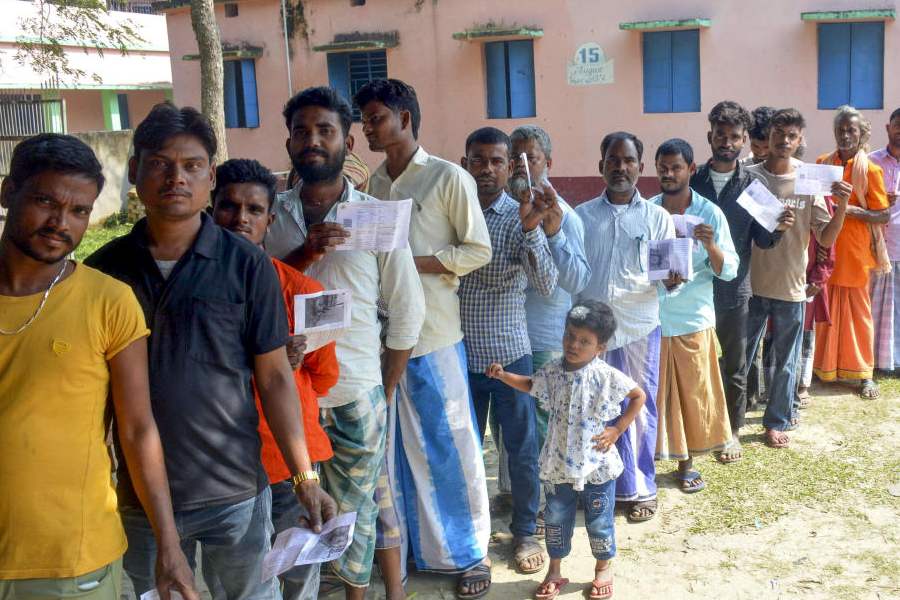The term “white-collar terrorism” has suddenly burst onto the national consciousness amid charges of a Kashmiri doctor’s involvement in the Red Fort blast and the arrests of two of his peers in connection with an “interstate” and “transnational” terror module.
Much of Kashmir, too, is in shock. But while most educated people — suddenly turned into potential suspects — are reluctant to give their views, some have cautioned against a knee-jerk attribution of the trend to the hold-all phenomenon of “radicalisation” and stressed the feeling of siege and subjugation many Kashmiris feel.
“It needs genuine analysis, rather than looking at it through the prism of the stereotyped ‘R’, called radicalisation. For sections of Kashmiris, it is actually two other Rs — ‘Realisation’ and a ‘Reaction’,” a veteran Kashmiri journalist, who called it a “first-of-its-kind development”, said.
“A ‘realisation’ that everything Kashmiri — our land, our culture and our religion — is under assault. All the officers are non-local and we are completely disempowered,” he added.
“Some people think the ‘reaction’ to it should be violent and that is what seems to have happened, although I still take the State narrative (about the pervasiveness of ‘white-collar terrorism’) with a pinch of salt.”
This newspaper is protecting the identity of the journalist, who once worked for an international news agency and has decades-long experience of covering Kashmir.
The Telegraph also called several professionals, including doctors, seeking their reactions to the development but they refused outright, reflecting the fear most people feel about the consequences of speaking their mind.
The veteran journalist highlighted how the Ghanta Ghar — the clock tower at the heart of Srinagar that was once the hub of separatism — had suddenly become a tourist draw after 2019 and suggested it reflected a sort of gloating.
“Tell me, what explains the assault more than our Ghanta Ghar becoming the most visited tourist spot in the last six years? The State has turned it into a victory memorial and no tourist (returns from) Kashmir without visiting the place to click pictures, as if Kashmir had been ‘conquered’ in 2019, as if Kashmir was not part of India before 2019,” the journalist said.
“Tell me, was Kashmir any closer to azadi before 2019? But a different narrative has been spun in recent years.”
The journalist recalled a few past “suicide bombings” involving Kashmiris but said this was the first time a professional — a doctor in this instance — appeared to have done it.
Security agencies have alleged the involvement of a Kashmiri doctor, Umar un Nabi, in the Red Fort bombing in Delhi. Two other Kashmiri doctors — Muzammil Ahmad Ganai and Adeel Rather — have been arrested in Haryana and Uttar Pradesh on the charge of being members of a “white-collar terrorist module”.
“The other people in the network are also mainly doctors. It has never happened before, although in the early 1990s you had hordes of police officers, bureaucrats, lawyers, academics and other professionals supporting militancy,” the veteran journalist said.
“But there were only rare instances of someone among them picking up the gun, least of all becoming a bomber. One instance that comes to mind is that of a US-trained Kashmiri pilot (Nadeem Khateeb) returning to join militancy.”
Nadeem died in a gunfight in 1999.
It was in December 2021, when the Srinagar-based 15 Corps headquarters hosted a seminar on “The Symbiotic Relationship — Over Ground Workers (OGWs) and Conflict Economy in J&K”, that the security agencies had pitched “white-collar terrorism” as the biggest threat to the region.
Since then, the authorities have used an expanded definition of the expression to clamp down on all dissenters, particularly journalists, writers and lawyers. Terms such as “white-collar terrorists”, “white-collar jihadis”, “hybrid terrorists”, “distant radicalisation groups” and “narrative terrorism” have entered the counter-insurgency lexicon.
In the words of the then 15 Corps chief, Lt Gen. D.P. Pandey, the “white-collar terrorists” were “prominent members of civil society, a neighbourhood shopkeeper, a government servant, a person running business”, who were “more like a factory of terrorism”.
Several journalists and other professionals were booked under the Public Safety Act and spent years in jail, many of them later released after court intervention.
However, what had then looked like a State-constructed, imaginary threat has now taken an ominous turn with the recent blast and arrests.
Security forces have launched a countrywide hunt, particularly in Jammu and Kashmir, to unravel the plot — interpreted as proof of radicalisation seeping into the professional class.
Kashmir watchers see the “white collar” trend becoming real after the 2016 Burhan Wani agitation when dozens of educated youth joined militancy. They included several PhD holders or scholars, who later died in encounters with the security forces.
One of them was Kashmir University assistant professor Mohammad Rafi Bhat, a PhD in sociology, who died in 2018. Another was Manan Wani, who was doing his PhD at Aligarh Muslim University and whose pen seemed to pose a bigger challenge to the State than his gun.
His write-ups, offering a rare glimpse into what motivated highly educated people to join militancy, shook the authorities, prompting the police to register an FIR against a “responsible news portal” that carried an article by him, “Gun vs Pen”.
“Our mission is to liberate our land from foreign illegal occupation and thus create an environment of peace and justice wherein every thought and ideology would be discussed and debated and people will be given their right to choose whatever (way) they like,” Wani had written.
“We don’t feel dignity in death but we do feel dignity in fighting occupation, its military might, its oppression, its tyranny, its collaborators and most of all its ego and if/ when we die while fighting all this, we do feel dignity in that death.”
When the write-up was taken down, Wani responded with another, titled “Voice from Hills”.
He recalled his days studying at a Jawahar Navodaya Vidyalay, describing it as an “extension of the Indian occupation” when his “aspirations were similar to a true Indian”.
Wani suggested that the Sachar report — which outlined deprivation among Muslims countrywide — and the lynchings of Muslims had motivated him to pick up the gun.
Police sources claimed that “white-collar terrorism” had almost died out after 2019, with recruitments drying up because of a massive clampdown, which included the attachment of the properties of militants’ families.
“The worry is that it has come back with a bang. We will have to work hard to prevent it becoming a motivation for others,” an officer said.

